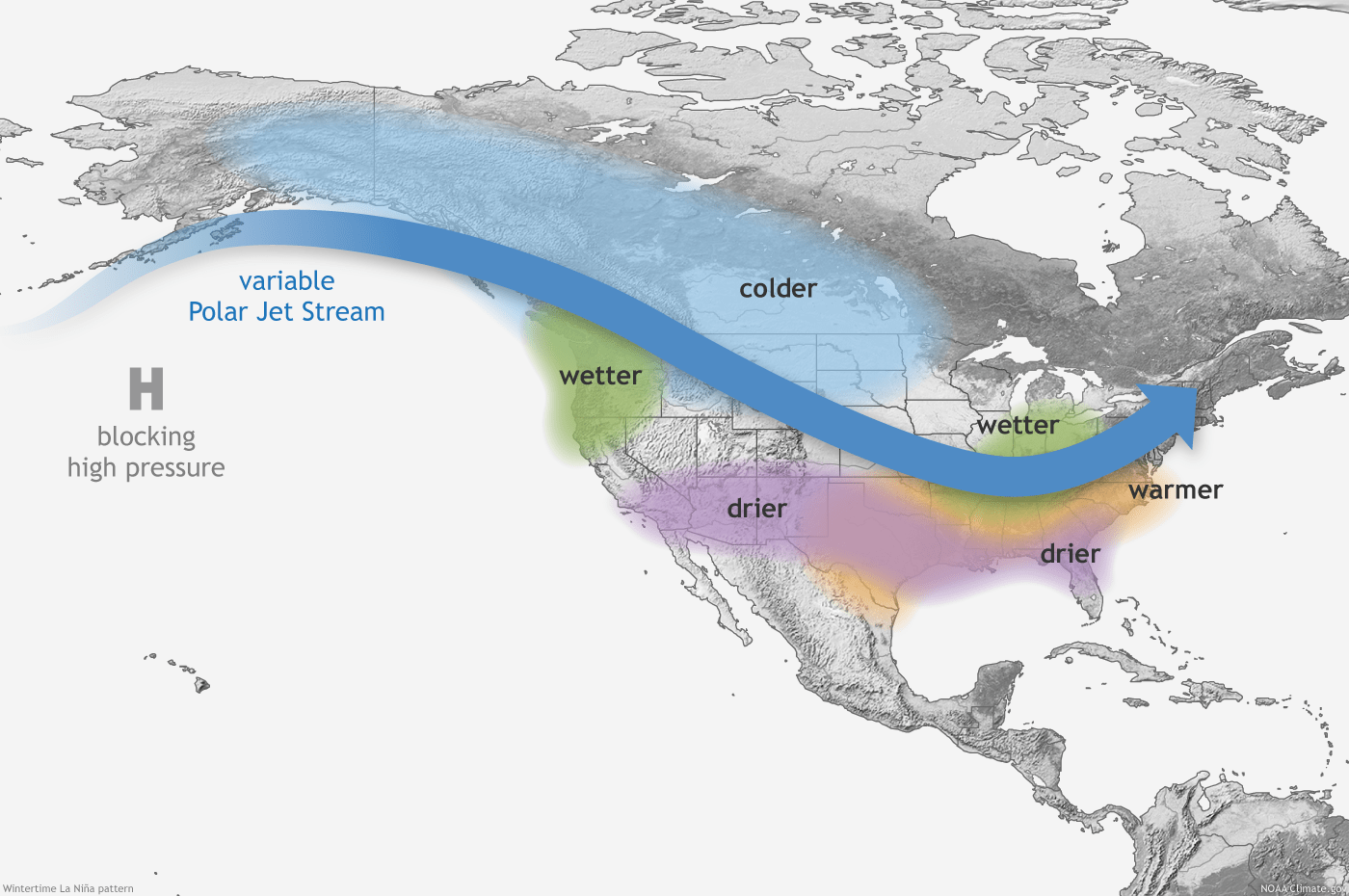Will our mild bias linger into December?
Longer-range products suggest a milder than average December.

Hello La Niña? We’re waiting.
You may have read that there’s a La Niña event underway in the tropical Pacific Ocean. Colder than average water temperatures persist this fall across the equatorial Pacific.

That periodic cooling of ocean temperatures in the tropical Pacific can generate changes in weather patterns across the globe. La Niña winters statistically skew colder and snowier for parts of Minnesota and the Upper Plains.

So far November is running about three to more than six degrees warmer than average across the Upper Midwest and Great Lakes.
Create a More Connected Minnesota
MPR News is your trusted resource for the news you need. With your support, MPR News brings accessible, courageous journalism and authentic conversation to everyone - free of paywalls and barriers. Your gift makes a difference.

And while we still enjoy the day to day ups and downs of periodic warm and cold fronts, current forecast trends suggest our milder than average air overall may hang around into December this year.
Check out The National Oceanic and Atmospheric Administration’s week 3 to 4 temperature outlook.

Mild December too?
NOAA’s CFS2 product gauges the chances and magnitude of above or below average temperatures on longer time scales. Recent NOAA CFS2 outlooks for December show a strong mild bias bull’s eye right across Minnesota and the Upper Midwest.

It remains to be seen if December will remain milder than average. It’s also not a slam dunk that La Niña winters end up colder and snowier than average overall. But we’re off to a big start on snow this season.
And I can recall several La Niña winters that started mild in the first half, then turned bitterly cold for the second half of winter with severe polar vortex outbreaks.
Stay tuned.